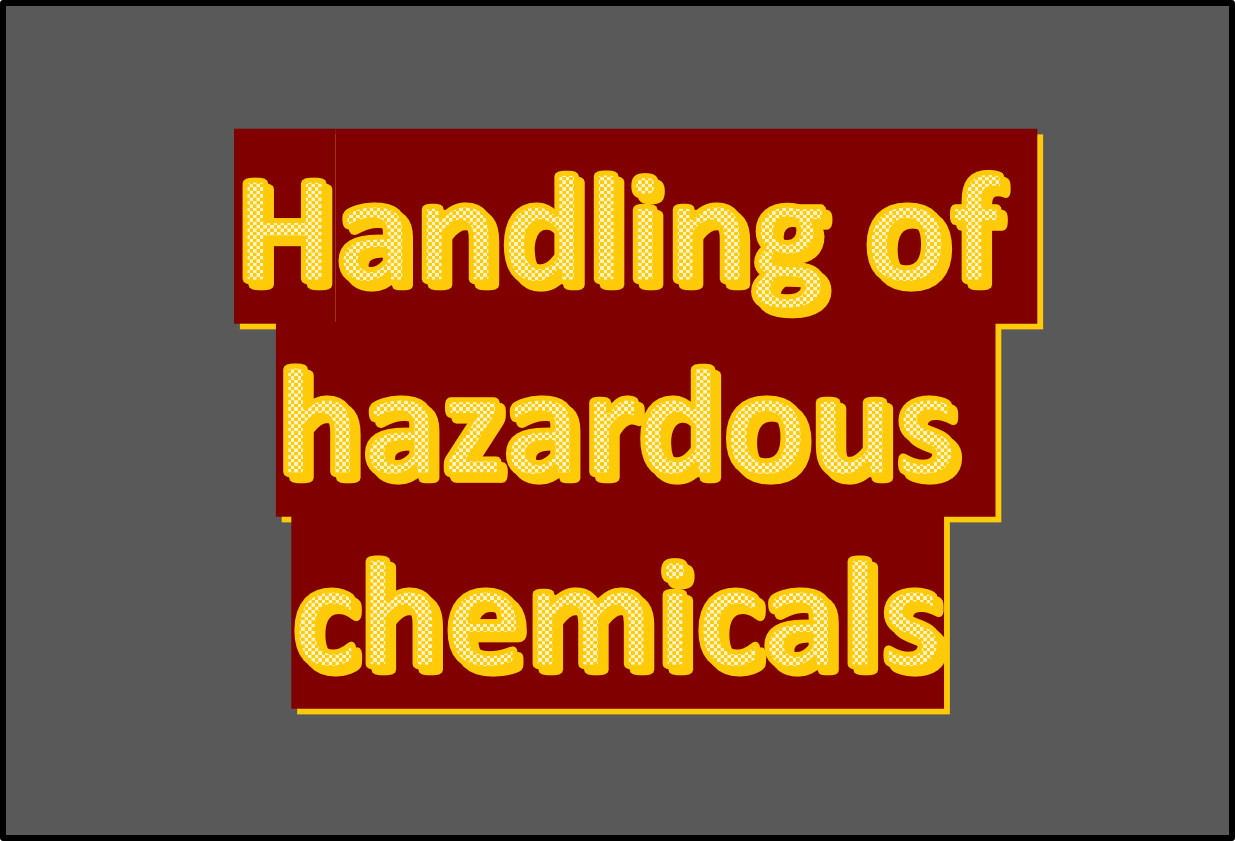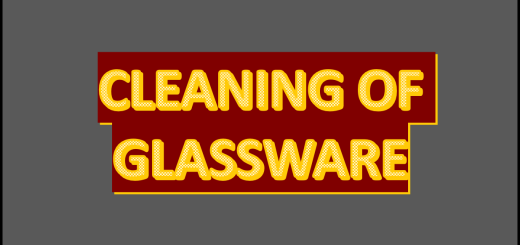Sop on handling of hazardous chemicals in Laboratory

This article describes about (Standard Operating procedure) SOP on handling of hazardous chemicals in Laboratory .
Sop on handling of hazardous chemicals in Laboratory
I. Purpose & Scope:
- To provide a general methodology to be followed while handling of hazardous chemicals in Quality control laboratory of pharmaceutical industry
- Applicable to all personnel who are working in Quality control laboratory.
II. Responsibilities:
• All Quality Control and related personnel shall be responsible to follow and implement this SOP.
III : Introduction and Procedural Part :
IV : INSTRUCTIONS:
While working in laboratory area, wear safety goggles and protective gloves wherever necessary.
Do not allow chemicals to come in contact with the skin, eyes or mucous membrane.
Rinse splashes on the skin with plenty of cold water. Never use organic solvents, which may be absorbed by the body.
If corrosive chemical goes into the eyes, take the person immediately rinse the eyes thoroughly with water and remove the contaminated clothing immediately.
In case of accident or feeling unwell, seek medical help.
Do not smoke, eat, chew or apply cosmetics in the laboratory.
Ensure the validity of fire extinguisher and are easily accessible.
Use hand gloves, mask, safety goggles while handling of hazardous chemicals.
All hazardous chemicals must be stored in tightly closed condition. Keep the bottles at designated area in orderly manner. Sufficient space should be provided between two bottles.
Before handling hazardous chemicals, detail information regarding potential hazards should be read carefully.
Use rubber bulb to pipette solutions.
V: FLAMMABLE SOLVENT
While handling flammable solvents ensure that the gas burners are put off and fire extinguisher is nearby.
Use water bath or heating mantle for evaporation of flammable solvents.
Carry out such experiment in fuming chamber.
Avoid inhalation of fumes or vapors.
While opening of bottle, use appropriate device.
Drain the solvents with plenty of water immediately after completion of work.
During distillation, ensure that the water hose to condenser is fitted properly and there is continuous water supply.
Add glass beads during distillation or boiling, they encourage bubble formation leading to continuous and even boiling. Never add glass beads to previously boiling solution, as they will immediately initiate violent boiling.
VI : ACIDS/ ALKALI:
Keep concentrated acid bottles in separately located in cupboard of fuming chamber.
While preparation of dilute acids from concentrated acids always add acid to water and do not add water to concentrated acids.
Cool the contents of flask in ice bath while diluting concentrated acids/alkali.
Avoid direct contact with skin.
In case of direct contact pour sufficient water on affected skin.
Drain the solutions with plenty of water immediately after completion of work.
VII : BROMINE :
Bromine vial should be chilled in ice-bath before opening.
Transfer all the contents of vial into glass bottle containing water and close the bottle tightly. Do not keep bromine in open vial.
Carry out dilution / experiment in fuming chamber.
Do not inhale vapours.
Avoid contact with skin.
In case of direct contact pour sufficient water on affected skin.
Drain the solutions with plenty of water immediately after completion of work.
VIII : AMMONIA:
The bottle should be chilled before opening.
Close the bottle promptly after use.
Carry out dilution / experiment in fuming chamber.
Do not inhale vapors. Use safety goggles while handling.
Avoid contact with skin.
Pour sufficient water in case of direct contact on affected skin.
Drain the solutions with plenty of water immediately after completion of work.
IX : POISONS :
Handle all poisonous materials with great care.
Use disposable masks, safety goggles and disposable hand gloves while handling.
Store all poisons in the separate under lock and key.
Before opening, ensure that the container is sealed.
After use, seal the container properly.
Do not inhale all poisonous fumes.
Avoid contact with skin. In case of contact, wash the contacted part thoroughly with antidote solution followed by water.
In the event of accidental intake of poisonous material, immediately use antidote solution. Immediate medical attention is must in such cases.
Before keeping glassware for washing, they shall be rinsed with antidote solution and then with plenty of water.


